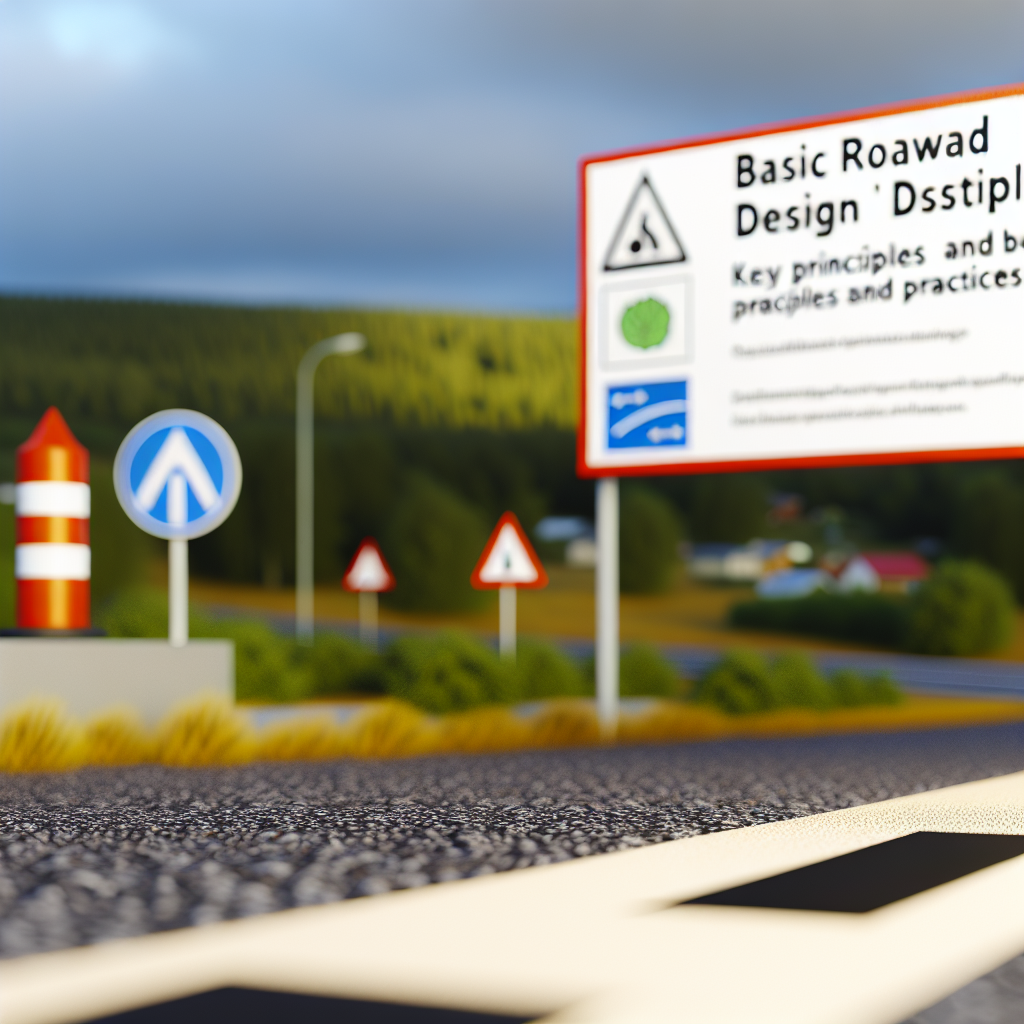Module 2 of 6 – Roadway Designers – Basic introduces essential concepts and foundational skills necessary for effective roadway design. This module emphasizes understanding the key elements involved in creating safe, efficient, and sustainable roadways. Whether you’re new to the field or looking to reinforce your basics, grasping these core principles is crucial for successful project execution.
Understanding the Fundamentals of Roadway Design
At the core of roadway design lies an intricate balance of safety, efficiency, and environmental considerations. This module focuses on introducing the fundamental principles that guide the layout and construction of roads. Designers must consider factors such as geometric alignment, profile design, and traffic flow to optimize road performance and safety. The process begins with a thorough analysis of the terrain, existing infrastructure, and anticipated traffic volumes, which influence the overall design approach.
Key elements include:
- Horizontal Alignment: Determining the route’s curvature to ensure smooth vehicle operation and visibility.
- Vertical Alignment: Designing grades and slopes that facilitate drainage, safety, and energy efficiency.
- Cross Section Design: Planning lane widths, shoulders, and medians to accommodate various vehicle types and traffic conditions.
Successful roadway design also integrates principles of sustainability and aesthetics, ensuring the infrastructure minimizes environmental impact while enhancing community connectivity. Mastery of these fundamentals is essential for any roadway designer aiming to create durable, safe, and cost-effective roads.
Tools and Best Practices in Basic Roadway Design
Effective roadway design relies heavily on a combination of advanced tools and adherence to best practices. Modern designers utilize Computer-Aided Design (CAD) software and Geographic Information Systems (GIS) to create precise plans and analyze site-specific data. These tools enable designers to simulate various design scenarios, identify potential issues, and optimize the final layout before construction begins.
Beyond technology, there are several best practices that ensure project success:
- Comprehensive Site Analysis: Conducting detailed field surveys to understand terrain, soil stability, and existing utilities.
- Stakeholder Engagement: Collaborating with local communities, environmental agencies, and transportation authorities for input and approval.
- Adherence to Standards: Following national and local design standards, including safety guidelines, design codes, and environmental regulations.
Incorporating these tools and practices helps roadway designers create plans that are not only functional but also compliant with legal and safety standards. This foundational phase sets the stage for the successful implementation of construction and long-term maintenance of the roadway.
In summary, Module 2 provides a comprehensive overview of the basic principles, tools, and practices integral to roadway design. A solid understanding of these fundamentals enables designers to develop safe, efficient, and environmentally conscious infrastructure. By mastering these concepts, you lay the groundwork for advanced design techniques and successful project delivery.
